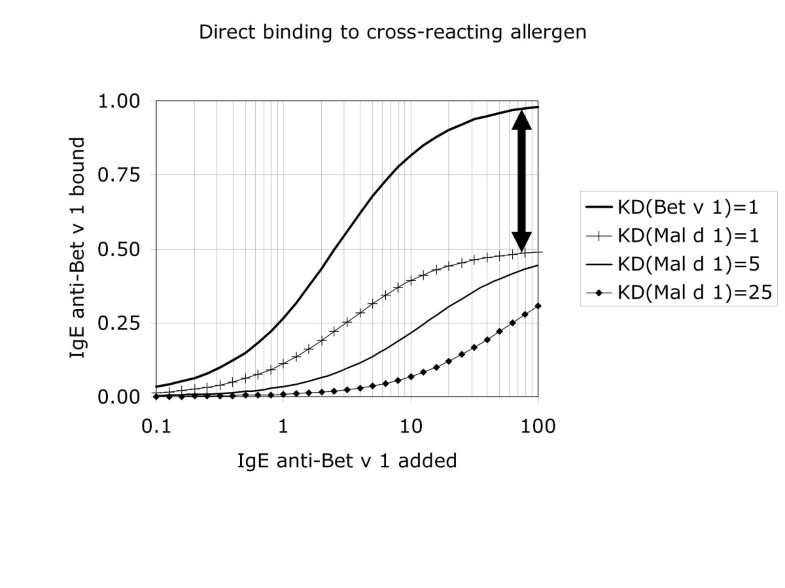
Turku University carries the latest pollen count updates here (siirryt toiseen palveluun). This is because processing alters the protein structure in a way that it no longer triggers symptoms. Processing foods by heating, freezing or grating can offer some relief. "Symptoms are unpleasant and include swelling and soreness of the lips," said Ijäs. However, the severity of symptoms varies. Heating helpsĬross-allergy symptoms are generally mild and do not cause severe allergic reactions. For example, cinnamon, ginger, and peppers can be triggers for symptoms in the mouth or throat," Ijäs explained. Almonds-as well as many other nuts-can cause allergic reactions. The immune system recognizes the pollen and similar proteins in the food and directs an allergic response to it. The most common raw foods triggering cross-allergies include carrot, potato, bell pepper, parsnip, tomato, celery, apple, peach, plum and kiwi. Overview Pollen Food Allergy Syndrome (PFAS), also known as oral allergy syndrome, is caused by cross-reacting allergens found in both pollen and raw fruits, vegetables, or some tree nuts. Those experiencing symptoms from fruits and vegetables during the spring allergy season usually see symptoms fade as pollen counts drop. That said, reactions are individual-the same items do not cause cross-allergies for everyone.

Raw vegetables and fruits are the most allergenic.
#CROSS REACTIVITY ALLERGY SKIN#
When these food items come into contact with the lips or mouth, the body mistakenly believes that it is encountering pollen," said Katariina Ijäs of the Finnish Allergy, Skin and Asthma Federation. "The protein structure of certain vegetables and fruits resembles that of pollen. Once a food is identified as a latex cross-reactive food, the individual with latex allergy should avoid exposure to that food. Prevention is the key with cross-reactive foods.

The foods are called latex cross-reactive foods.

These include sneezing, nasal congestion, runny eyes and nose, itchy throat and eyes.Ĭertain foods can exacerbate pollen symptoms, and around half of those allergic to birch also experience symptoms from certain foods. When a person with a latex allergy eats food with these proteins, they may have an allergic reaction. One in five people in Finland suffer from seasonal allergy symptoms. With this spring's allergy season forecast to be more difficult than usual for birch pollen sufferers, some are experiencing reactions to certain food items, a phenomenon known as cross-reactivity.


 0 kommentar(er)
0 kommentar(er)
